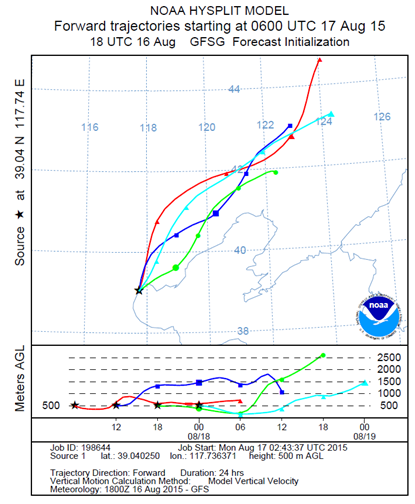In December 2011 the Chinese government introduced new and strict regulations on the storage, transportation, production and import/export of hazardous chemicals (‘Regulations on the Safe Management of Hazardous Chemicals in China’).
In regards to the Tianjin blast, Greenpeace East Asia notes three major problems with the current regulations and their implementation:
- The storage and transportation of the dangerous chemicals in Ruihai Logistics Company warehouse should have been closely monitored and supervised by at least four governmental bodies, namely the port authorities, the Ministry of Transport, the Ministry of Public Security, and the State Administration of Work Safety. It is evident however, that supervision has been fragmented and inefficient.
- The laws regarding the distance between chemical storage facilities and residential areas are severely insufficient, with no precise distance specified in the regulations. The distance between the Ruihai Logistics Company warehouse and the nearest residential area was just 560m.
- Given that local authorities are unable to identify the exact chemical names and quantities, it seems questionable that the Ruihai Logistics Company was following the proper measures for reporting and recording of dangerous chemicals stipulated by the current regulations.
In the first half of 2015, over 13 chemical industry explosion accidents have occurred. The severity of the Tianjin explosion should be a wake-up call for the government. Loopholes must be closed, and regulations must be implemented strictly and effectively. If not, we will continue to see these kinds of dangerous accidents.
Wind and Pollution Forecast
According to NOAA-HYSPLIT forecasts, wind direction over the 24 hour period from 1400 August 17, 2015 will remain north or north east. On the condition that highest wind strength remains at force 2, the following predictions can be made:
- Air pollution will not spread to southern and western areas.
- Air pollution will not spread at a high speed.
The HYSPLIT model also calculates the different possibilities of vertical airflow, meaning that there is a possibility for air pollutants to diffuse into higher levels of the atmosphere, or that they could maintain their comparatively low atmospheric position.
About the NOAA-HYSPLIT model: this model uses different meteorological and atmospheric data to calculate wind direction. The different colours in the image below indicate different times at which the calculations were begun. The Meters AGL chart indicates the vertical movement of air.

